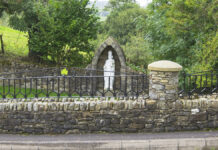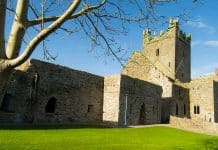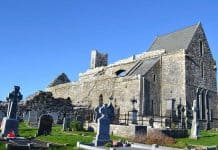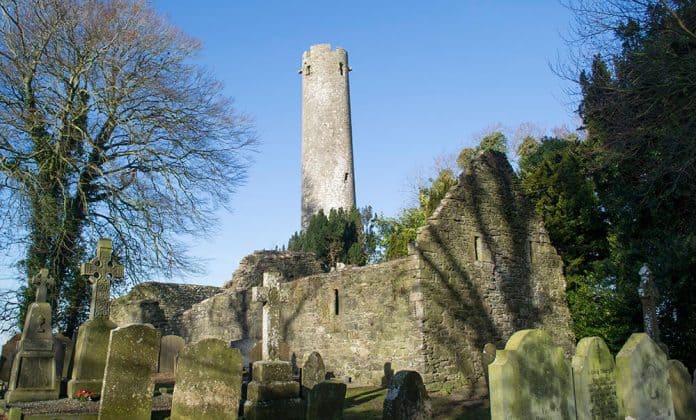
It is thought the Kilree Monastic Site, with its medieval church, distinctive round tower and high cross dates back as far as the sixth century.
Some scholars believe it was dedicated to Saint Rhuidche (Cell-righ being a possible derivative of Saint Rhuidche).
Another school of thought is that Kilree was actually established by St. Brigid, though there is no physical evidence of this at the site.
Though we can’t be certain of the origins of the name ‘Kilree’, we do know that by 1340 A.D. the site had fallen under the auspices of the nearby Kells Priory.
Historical Treasures
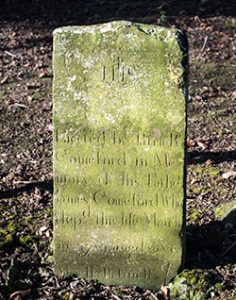
Travel to the atmospheric Kilree Monastic Site and you’ll come across three historical treasures that are not to be missed.
Here you will find a well-preserved round turret, the ruins of a beautiful pre-Romanesque medieval church and a high cross that is positively imbued with legend and folklore.
Including a whisper that an ancient king lies buried beneath it.
You should also look out for the rare Ballaun Stone – a naturally occurring phenomenon that has stood silently here for countless millennia and which may once have been used as a drinking receptacle by Ireland’s pagan forebears.
Round Tower
The impressive tower, long since missing its conical roof, dominates the scene, with its top still showing signs of battlements.
It stands approximately 29 metres high and has a diameter of around five metres.
It is largely constructed from limestone, while the arched doorway is made of sandstone. This doorway, framed by moulding, stands approximately 1.64 metres above ground – rather lower than normal.
The tower has six distinct levels, plus the aforementioned battlement area and a belfry. It would have been navigated by a series of rope ladders.
At the top there are four windows, one facing in each direction.
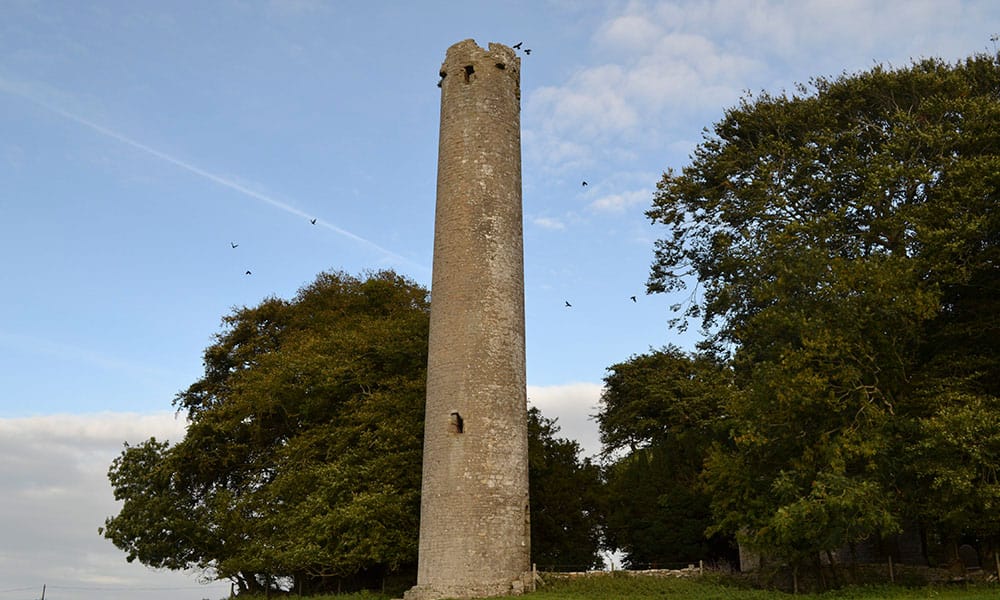
Notable Anomaly
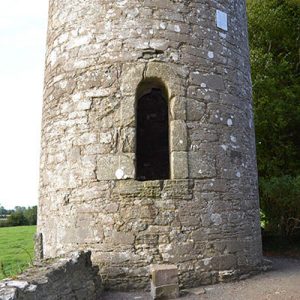
Notably, the tower’s foundation pad is rectangular – an anomaly seen also at the tower at nearby Aghaviller.
This may indicate that both towers were perhaps designed by the same medieval architect.
At that time, such architects would have travelled the length and breadth of Ireland, helping to establish the many monasteries built during that period.
Because the majority of Ireland’s round structures of this nature date from c. 950 A.D. to1100 A.D., we can make an educated guess that the tower was built earlier than the church it faces to the south.
Viking Raids
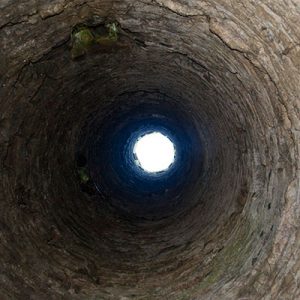
Looking back through the mists of time, we can well imagine how the monks that one lived on the site may have utilized the tower as a look-out point as they strove to defend themselves and their church against Viking attacks.
It was towards the end of the eighth century that Viking raiders first crossed to Ireland from the north.
Their primary aim was to plunder the monasteries packed full of rare and rich artworks and treasures.
After some time they started to settle and alliances were forged and trading routes established.
In short, the arrival of the Vikings on Irish shores would change the country forever
Ancient Church
The remains of the stone church still retain various quintessentially pre-Romanesque architectural flourishes, such as the extended side walls (antae) and the distinctive oval enclosure.
The church building would have evolved over the centuries, undergoing modifications and extensions towards the latter part of the medieval period.
It was constructed on the site of an earlier structure. Its western wall is buttressed.
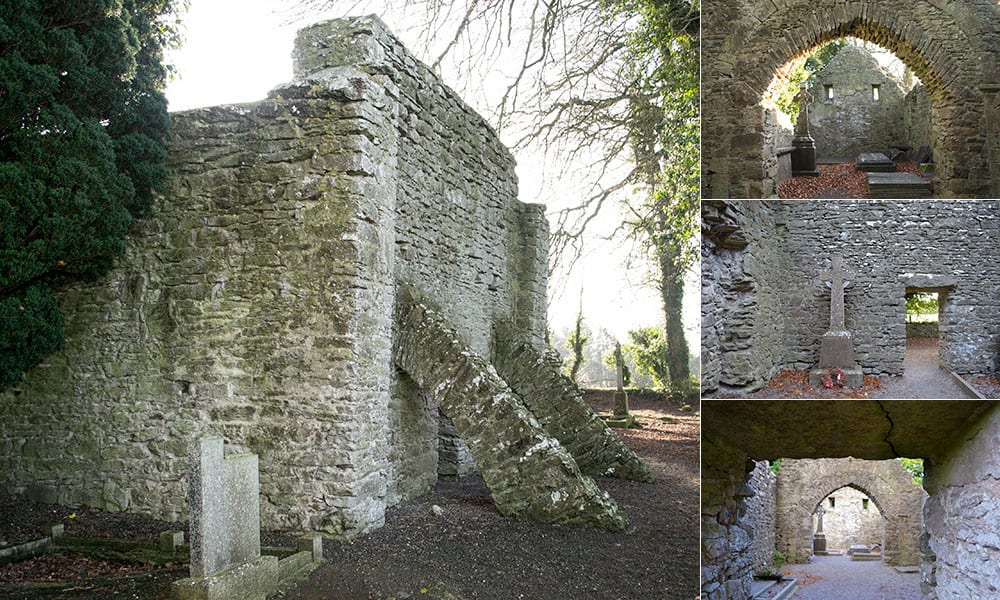
Decorative Cross
Go over the stile and cross the field to the other side (behind where the Monastic Site and Round Tower exists and please do take care when doing so, as there is sometimes a bull in this field) and you’ll reach the cross.
This cross is 2.75 metres tall and is similar to those at Ahenny. It was erected at some point in the eighth or ninth century.
The cross is decorated with delicate geometric designs and bosses.
The east face depicts a hunting scene, while the west is illustrated with what is thought to be scenes from two bible stories: Daniel in the Lion’s Den and the Adoration of the Magi.
The cross is made of sandstone, now heavily weathered, and is topped with a tenon joint, which may be an indication that there was once a capstone at the top.
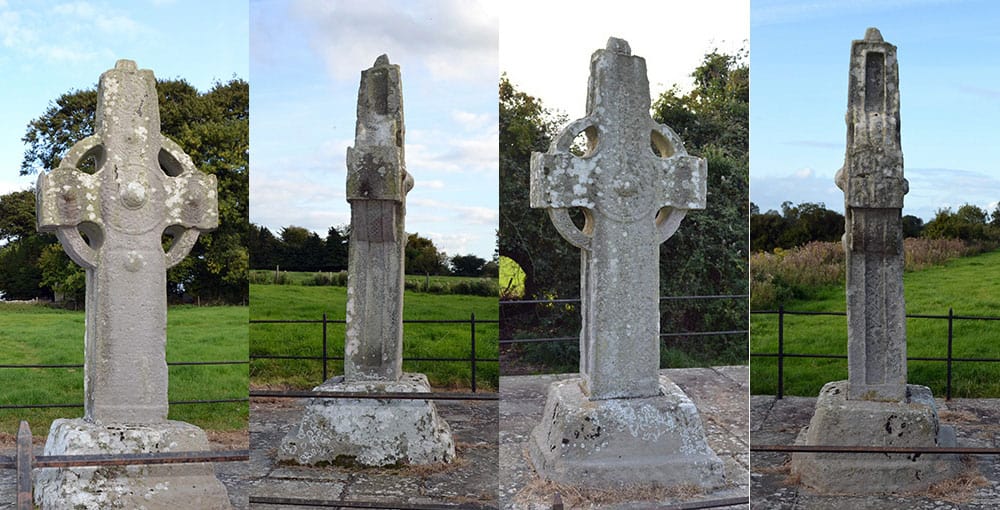
Myths and Legend
Legend tells that a celebrated High King, Niall Caille, is buried beneath the cross, a story which has its origins in the fact that he drowned in the nearby river in 844 A.D. while trying to save the life of his servant.
However, some experts today dispute the validity of this claim.
They point to the fact that the cross was erected before this date and that structures of this type were generally a commemoration rather than a marker of a physical burial place.
Whatever the truth of the matter, we can be sure that his final resting place is outside the church perimeter – the reason for this being that he was not a Christian.
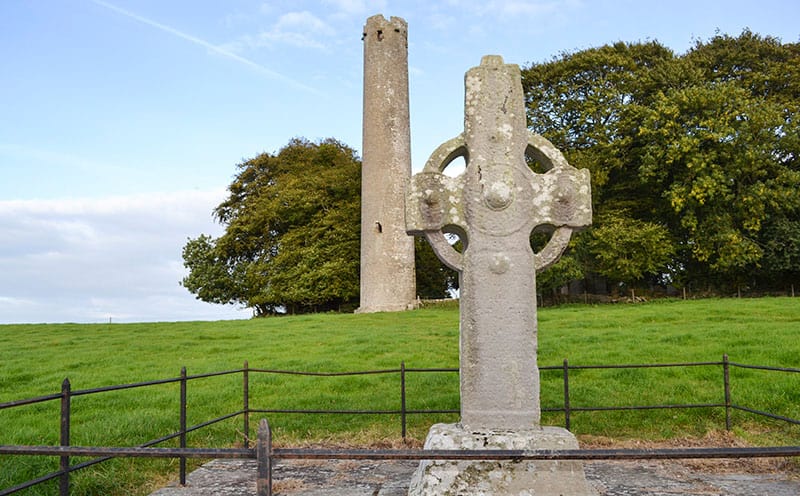
Mysterious Stone
The Ballaun Stone sits in the field at the Kilree Monastic Site, around 250 yards to the north of the round tower and high cross.
The term ‘bullaun’ refers to a natural dimple in a stone, which is often filled with rainwater.
Irish folklore tells that such stones are imbued with mystical significance, including the belief that the rainwater collected in them has curative and other mystical properties.
These enigmatic stones are often found on medieval church sites.
Ritual ceremonies conducted around these stones continued long after paganism morphed into the Christianity taught by figures such as St. Brigid.
How to get to the Kilree Monastic Site
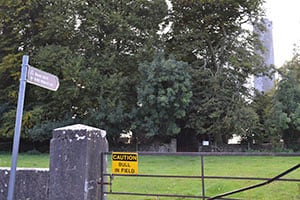
- From Kilkenny, head north towards Stoneyford on the N10.
- Turn right (signposted Kells), and then keep left.
- After approximately two kilometres, you will see the Kilree Monastic Site with its medieval church, round tower and high cross in a field to your right.
- There is no official parking as such, though there is plenty of space on the roadside.
- Enter the site via the stile to the left of the gate.
- As mentioned previously, please do note the ‘Caution Bull in Field’ sign and take care when crossing the field.

